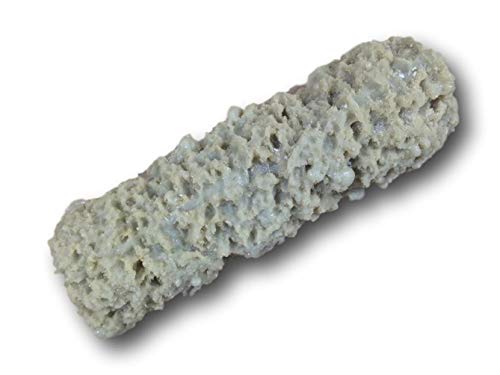FloridaJen
The Curious One
Is this a language I’m going to need to learn?

Was this in response to my post? If so, sorry about using acronyms, as I know Spiky is familiar. If it was in reference to oxalobacter formigienes, (o. form) that is a type of probiotic and hopefully part of a beneficial micorbiome that live in a healthy gut. VSL3-DS is a just a brand of probiotic. If you aren't familiar with probiotics, DO research that. Some here become familiar trying to alleviate gas or digestive issues, but if you read some studies, the possible effects may go far beyond gut health.Is this a language I’m going to need to learn?
Yes it’s about all the language on this thread. I have above average knowledge of medical issues and lingo, but I haven’t been able to follow any of this. lol. I am familiar with basic probiotics, but not ones you are speaking of. Is there a certain probiotic recommended for DSers?Was this in response to my post? If so, sorry about using acronyms, as I know Spiky is familiar. If it was in reference to oxalobacter formigienes, (o. form) that is a type of probiotic and hopefully part of a beneficial micorbiome that live in a healthy gut. VSL3-DS is a just a brand of probiotic. If you aren't familiar with probiotics, DO research that. Some here become familiar trying to alleviate gas or digestive issues, but if you read some studies, the possible effects may go far beyond gut health.
Oxalates are what bind with calcium to make (most of our) kidney stones. Urocit-k is a strong potassium that is prescription to help keep those from crystalizing in the kidneys, and the probiotic strain of O. form has shown potential to help from making this type of kidney stone by metabolizing oxalate in the gut, so it never gets the chance to bind with that calcium in the kidneys.
If that's not what you meant by language, just specify and someone will help. There are some wonderfully informed peeps in this group.
I have above average knowledge of medical issues and lingo, but I haven’t been able to follow any of this.





The last one I take is Bifidobacterium Infantis 35624, which I get in the Align brand, and again, I'm sure it's in plenty of other brands, it's just easiest for me to grab at Costco.
Should i take this since i had c-diff?The C. diff antagonist is Saccharomyes boulardii.
well, I found this articleCould you list them here?
Thanks
I know this is an old post, but apparently Strontium can "fool" the DEXA machine. Strontium has a larger atomic weight than calcium (38 vs 20), which causes it to attenuate X-rays more strongly than calcium. Hence the readings on the DEXA scan appear artificially inflated with bone density looking better than is the case.Brilliant...or at least potentially brilliant, response!
So, the COMB protocol. A one-shot deal with no announced plans for replication attempts. (Because there's no money in it?)
I take more than recommended of everything but fish oil.
✘
Table 1
Combination of micronutrients (COMB) Protocol for Bone Health.
COMB protocol for bone health
(1) Docosahexanoic acid or DHA (from Purified Fish Oil): 250 mg/day
(2) Vitamin D3: 2000 IU/day
(3) Vitamin K2 (non-synthetic MK7 form): 100 ug/day
(4) Strontium citrate: 680 mg/day
(5) Elemental magnesium: 25 mg/day
(6) Dietary sources of calcium recommended
(7) Daily impact exercising encouraged
Table 3
Pre and Posttreatment bone density.
Pretreatment result (Mean ± SD) Posttreatment result (Mean ± SD) P value
Femoral neck (z-score) −0.51 ± 0.74 −0.24 ± 0.81 0.03*
Total hip (z-score) −0.27 ± 0.82 −0.06 ± 0.84 0.12
Lowest hip site (z-score) −0.61 ± 0.71 −0.27 ± 0.81 0.006*
L1–L4 spine (z-score) −0.85 ± 0.98 −0.39 ± 1.07 0.006*
Lowest spine site (z-score) −1.40 ± 0.95 −0.67 ± 1.07 <0.001*
*Significant value.
I stopped takng math when math involved imaginary numbers and exclamation points. That isn't math. But I still do WORDS! So, here are some words from that study:
"A major proportion of the patients had an increase in BMD of more than 3% within the first year of therapy alone. There were no reported side effects with the use of this therapy among those taking the intervention for the year and the literature suggests long-term safety with each of these agents—this might contribute to greater compliance with the subgroup of patients who are reluctant to use pharmacologic therapies. For those who completed the course of therapy, the acceptability was high."